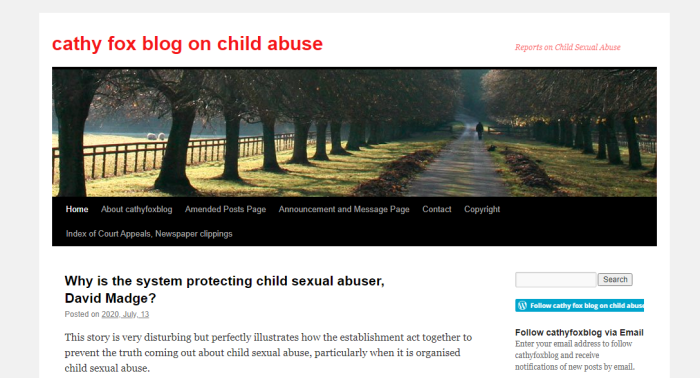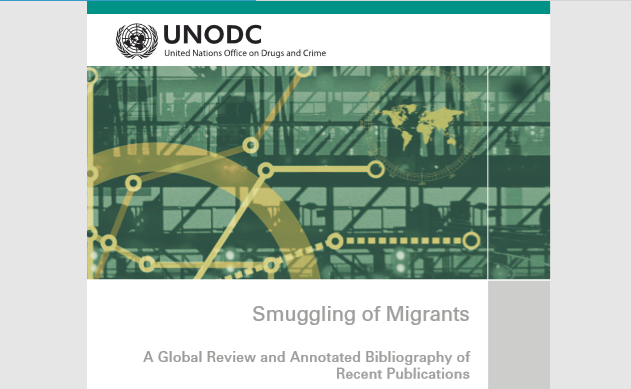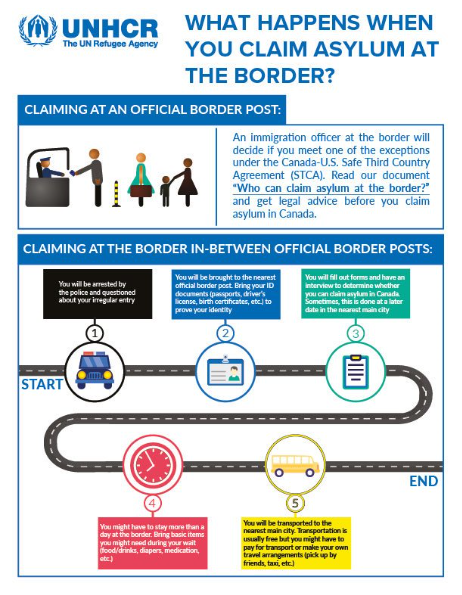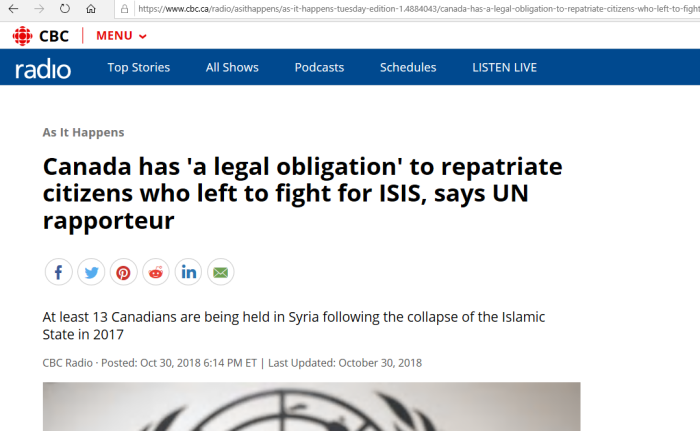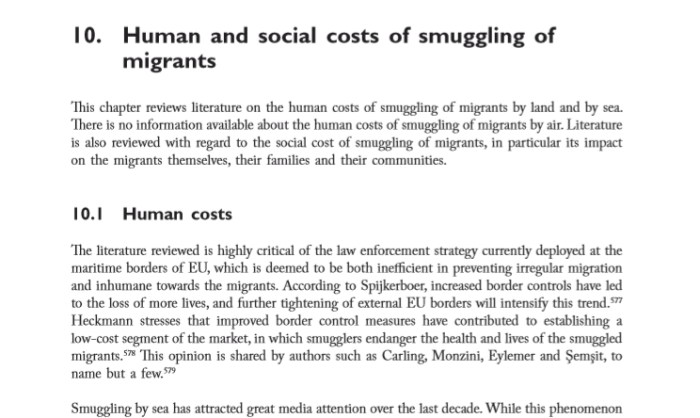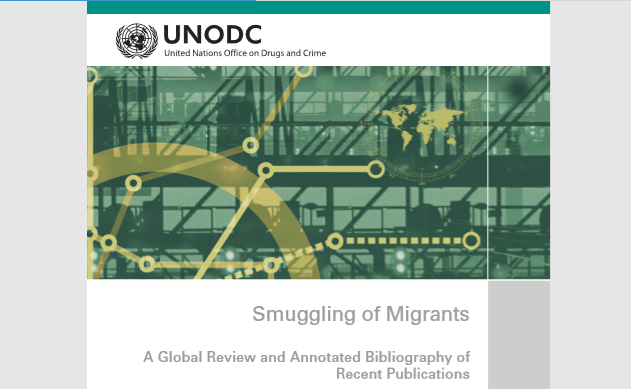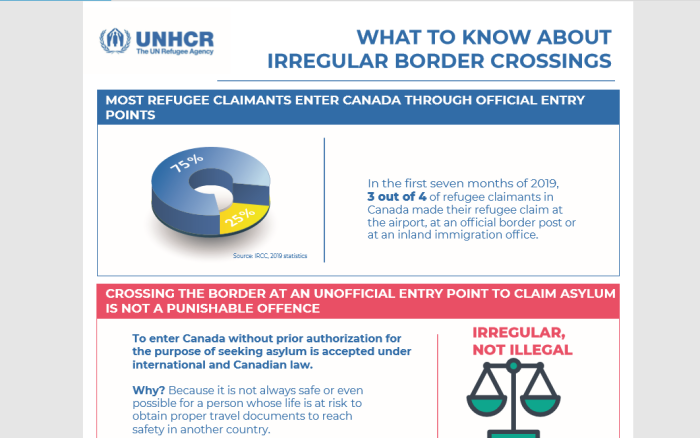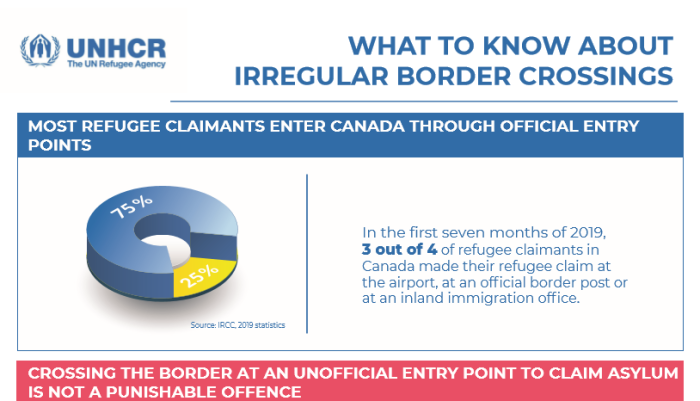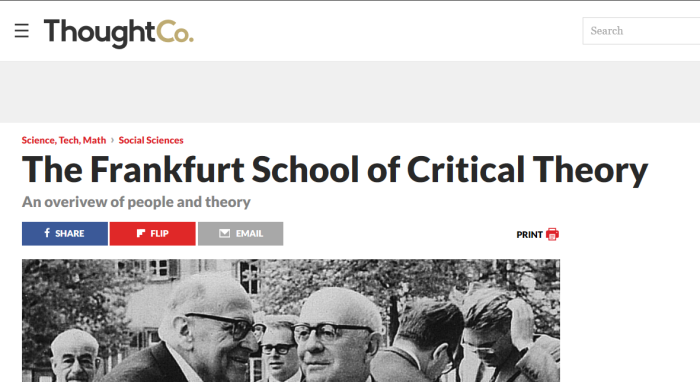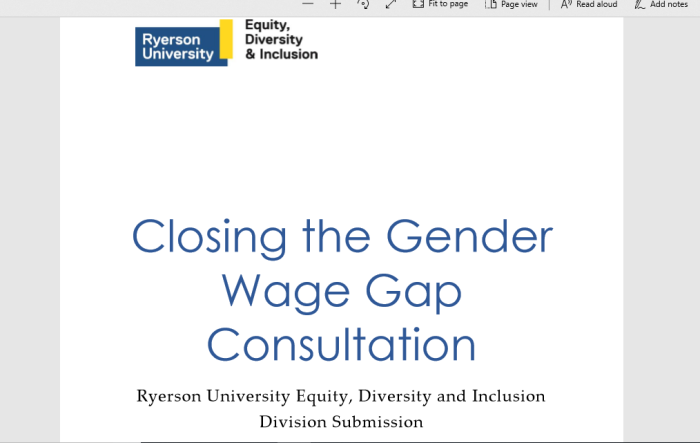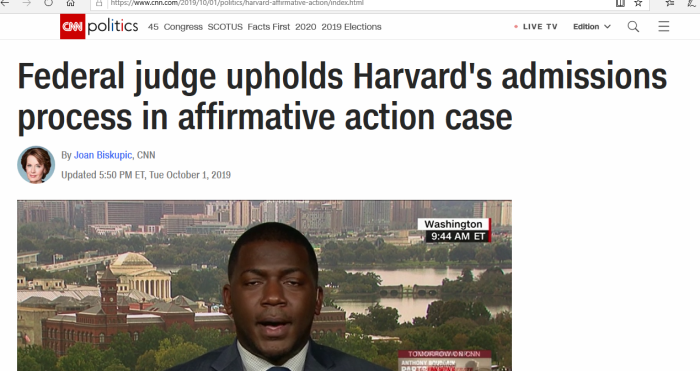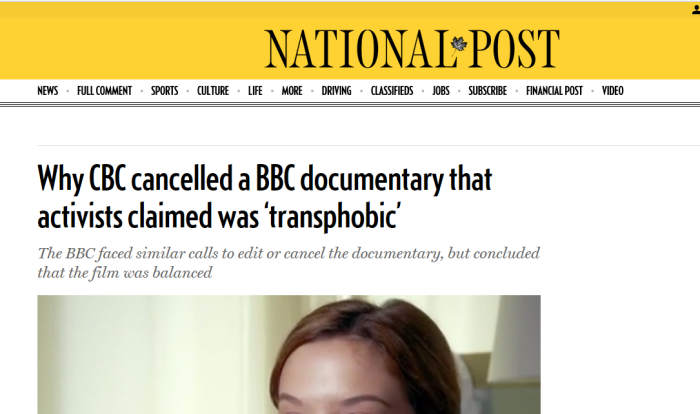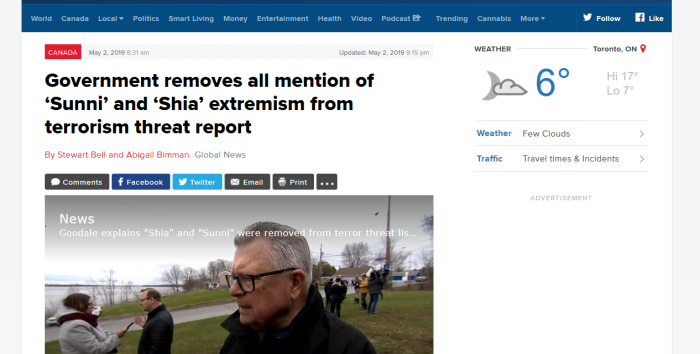(UN Office on Drugs and Crime)
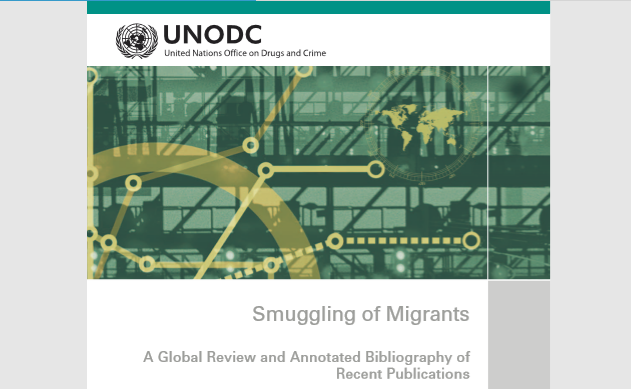
1. Trafficking, Smuggling, Child Exploitation
Serious issues like smuggling or trafficking are routinely avoided in public discourse. Also important are the links between open borders and human smuggling; between ideology and exploitation; between tolerance and exploitation; between abortion and organ trafficking; or between censorship and complicity. Mainstream media will also never get into the organizations who are pushing these agendas, nor the complicit politicians. These topics don’t exist in isolation, and are interconnected.
2. Important Links
(1) https://www.unodc.org/documents/human-trafficking/Migrant-Smuggling/Smuggling_of_Migrants_A_Global_Review.pdf
(2) https://www.unodc.org/unodc/en/organized-crime/intro/UNTOC.html
(3) http://archive.is/q0XqK
(4) https://www.ohchr.org/EN/ProfessionalInterest/Pages/ProtocolTraffickingInPersons.aspx
(5) http://archive.is/cjnJt
(6) https://www.ohchr.org/EN/ProfessionalInterest/Pages/OPSCCRC.aspx
(7) http://archive.is/onmrr
(8) http://www.ungift.org/
(9) http://archive.is/Fjuv6
(10) https://treaties.un.org/doc/Treaties/2000/11/20001115%2011-38%20AM/Ch_XVIII_12_ap.pdf
(11) https://www.ohchr.org/EN/ProfessionalInterest/Pages/OPSCCRC.aspx
(12) http://archive.is/onmrr
(13) http://www.ilo.org/public/english/standards/relm/ilc/ilc87/com-chic.htm
(14) http://archive.is/OZQM
(15) https://www.icc-cpi.int/nr/rdonlyres/ea9aeff7-5752-4f84-be94-0a655eb30e16/0/rome_statute_english.pdf
(16) https://www.justice.gc.ca/eng/cj-jp/tp/legis-loi.html
(17) http://archive.is/RQVYA
(18) https://www.washingtontimes.com/news/2018/may/22/children-abducted-illegals-posing-families-us-bord/
3. Context For This Piece
Canada has signed several international treaties, relevant to the prevention of trafficking, smuggling, and other exploitation of people. These agreements include:
- “Protocol to Prevent. Suppress and Punish Trafficking in Persons. Especially Women and Children. supplementing the United Nations Convention against Transnational Organized Crime”, in 2000
- “Optional Protocol to the Convention on the Rights of the Child on the sale of children, child prostitution and child pornography”
- “ILO Convention 182 concerning the Prohibition and Immediate Action for the Elimination of the Worst forms of Child Labor”
The purpose, as you can imagine, is for governments around the world to cooperate in preventing these activities from happening. Also, it is to punish those responsible when it does happen. Accordingly, they must be taken seriously.
But what happens when certain governments turn a blind eye to people illegally crossing their borders? What happens when governments enact policies that openly encourage human smuggling and trafficking to occur? Does this not help circumvent the very treaties which are designed to keep vulnerable people safe?
This is a bit of a rhetorical question, but I believe the answers are “yes”. Should make for interesting discussion, especially if this ever gets advanced in court. As outlined in the last article, the appeal of the Prothonotary’s decision was dismissed. This is unjust, considering how big the issue of illegal crossings into Canada is.
4. Link Between Illegal Crossings/Trafficking
More on the research is available in this review. It details the size and scale of smuggling and trafficking, and gives much needed background information on the people who are likely to be involved. The original source is linked here, and well worth a read.
(There is a connection between smuggling and “irregular migration”)
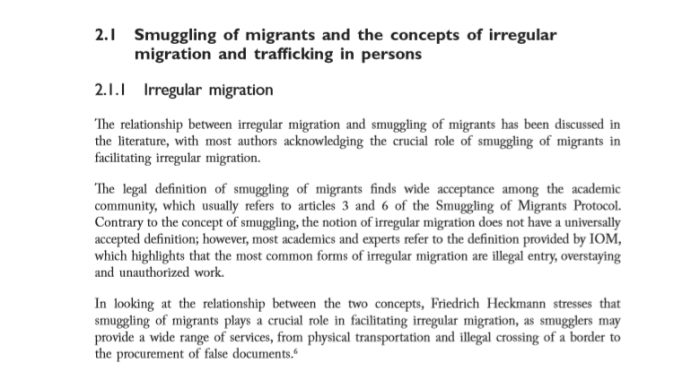
(UN abhors smuggling, but fake refugees get a pass)
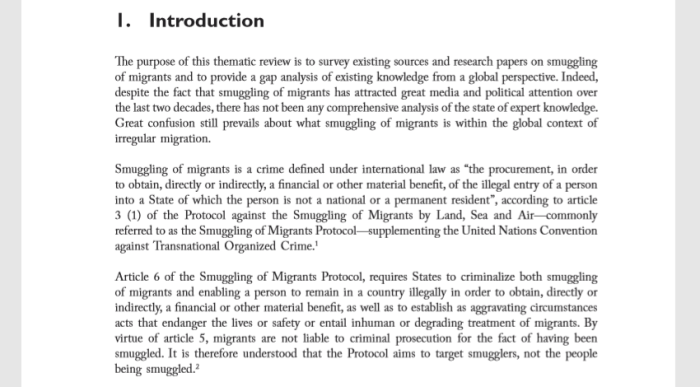
2.1 Smuggling of migrants and the concepts of irregular migration and trafficking in persons
2.1.1 Irregular migration
The relationship between irregular migration and smuggling of migrants has been discussed in the literature, with most authors acknowledging the crucial role of smuggling of migrants in facilitating irregular migration.
In looking at the relationship between the two concepts, Friedrich Heckmann stresses that smuggling of migrants plays a crucial role in facilitating irregular migration, as smugglers may provide a wide range of services, from physical transportation and illegal crossing of a border to the procurement of false documents.
Yes, this has been brought up before, but it is designed to hammer the point home. Smuggling of people across borders is directly connected to the “irregular migration” that occurs at the end. It is the end result of these actions which show no respect for national borders or sovereignty. The UN review is rather blunt on the subject.
2.2 Conceptualization of smuggling of migrants
2.2.1 Smuggling as an illegal migration business
The conceptualization of smuggling as a migration business was formally developed by Salt and Stein in 1997, even if one may find reference to this theory in earlier literature. This new interpretation of the smuggling phenomenon had a great influence on academic circles, and the concept was then borrowed by many academics. In a critical analysis of this concept, Herman stresses that the focus of expert discussions then revolved around the notion of a migration industry and its professionalization, in which migrants are seen as “products” and “people who aid migrants are called ‘smugglers’, and are portrayed as illegal ‘entrepreneurs’”
Salt and Stein suggested treating international migration as a global business that has both
legitimate and illegitimate sides. The migration business is conceived as a system of institutionalized networks with complex profit and loss accounts, including a set of institutions, agents and individuals each of which stands to make a commercial gain.
The model conceives trafficking and smuggling as an intermediary part of the global migration business facilitating movement of people between origin and destination countries. The model is divided into three stages: the mobilization and recruitment of migrants; their movement en route; and their insertion and integration into labour markets and host societies in destination countries. Salt and Stein conclude their theory by citing the need to look at immigration controls in a new way, placing sharper focus on the institutions and vested interests involved rather than on the migrants themselves.
In some sense, this is quite obvious. Of course smuggling and trafficking are businesses, where the commodity being shipped is the people.
5. Protocol to Prevent, Suppress/Punish Trafficking
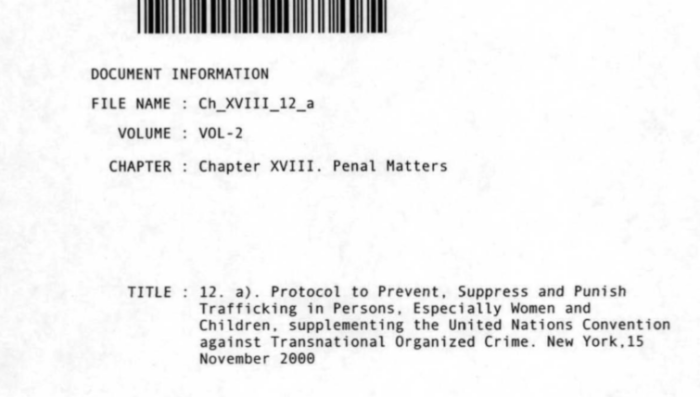
The full name of this treaty is the “Protocol to Prevent. Suppress and Punish Trafficking in Persons. Especially Women and Children. supplementing the United Nations Convention against Transnational Organized Crime. New York, US November 2000”.
Canada is a signatory to this treaty, and as such, should be expected to participate in good faith. Here is the preamble to the treaty, followed by a few Articles contained within.
The States Parlies to this Protocol,
.
Declaring that effective action to prevent and combat trafficking in persons, especially women and children, requires a comprehensive international approach in the countries of origin, transit and destination that includes measures to prevent such trafficking, to punish the traffickers and to protect the victims of such trafficking. including by protecting their internationally recognized human rights,
.
Taking into account the fact that, despite the existence of a variety of international instruments containing rules and practical measures to combat the exploitation of persons, especially women and children, there is no universal instrument that addresses all aspects of trafficking in persons,
.
Concerned that, in the absence of such an instrument, persons who are vulnerable to trafficking will not be sufficiently protected,
Recalling General Assembly resolution 53/111 of 9 December 1998, in which the Assembly decided to establish an open-ended intergovernmental ad hoc committee for the purpose of elaborating a comprehensive international convention against transnational organized crime and of discussing (he elaboration of, inter alia, an international instrument addressing trafficking in women and children,
.
Convinced that supplementing the United Nations Convention against Transnational Organized Crime with an international instrument for the prevention, suppression and punishment of trafficking in persons, especially women and children, will be useful in preventing and combating that crime.
Have agreed as follows:
The goal is pretty straightforward, to create a universal and inclusive agreement on how to combat human trafficking.
The main difference between smuggling and trafficking is one of consent. Smuggled people are willing accomplices, while trafficked people are essentially prisoners. While this treaty specifically refers to trafficked people, the same measures should be taken considered people who are smuggled.
First, you can’t usually tell right away if the person is willing or not.
Second, the nations these people are entering should have some rights.
Article 2
Statement of purpose The purposes of this Protocol are:
(a) To prevent and combat trafficking in persons, paying particular attention to women and children;
(b) To protect and assist the victims of such trafficking, with full respect for their human rights: and
(c) To promote cooperation among States Parties in order to meet those objectives.
Article 11
Border measures
I. Without prejudice to international commitments in relation to the free movement of people, States Parties shall strengthen, to the extent possible, such border controls as may be necessary to prevent and detect trafficking in persons.
2. Each State Party shall adopt legislative or other appropriate measures to prevent, to the extent possible. means of transport operated by commercial carriers from being used in the commission of offences established in accordance with article S of this Protocol.
3. Where appropriate, and without prejudice to applicable international conventions, such measures shall include establishing the obligation of commercial carriers. including any transportation company or the owner or operator of any means of transport, to ascertain that all passengers are in possession of the travel documents required for entry into the receiving State.
4. Each State Party shall take the necessary measures, in accordance with its domestic law, to provide for sanctions in cases of violation of the obligation set forth in paragraph 3 of this article.
5. Each State Party shall consider taking measures that permit, in accordance with its domestic law, the denial of entry or revocation of visas of persons implicated in the commission of offences established in accordance with this Protocol.
6. Without prejudice to article 27 of the Convention. States Parties shall consider strengthening cooperation among border control agencies by, inter alia. establishing and maintaining direct channels of communication.
Our current process of letting the RCMP escort people across the border only to release them a few hours later does the public no good at all. Even if people are being willfully smuggled (as opposed to trafficked against their will), we should not be letting such people enter the country on these terms.
The 2000 agreement Canada signed onto “should” mean something substantive. It shouldn’t allow people to flaunt our laws, with possibly trafficked persons in the group.
6. Rights Of Child Not To Be Exploited
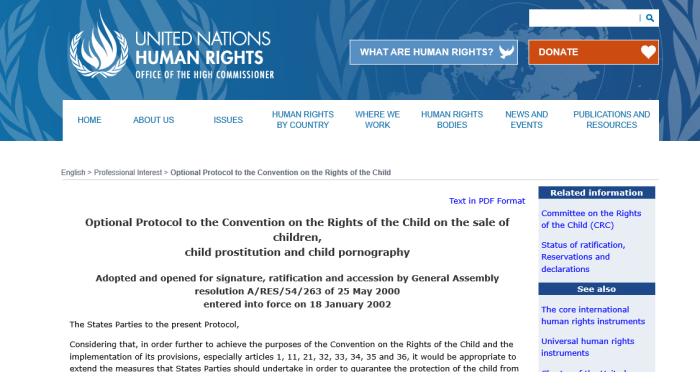
This UN Protocol is called the “Optional Protocol to the Convention on the Rights of the Child on the sale of children,
child prostitution and child pornography”.
Considering also that the Convention on the Rights of the Child recognizes the right of the child to be protected from economic exploitation and from performing any work that is likely to be hazardous or to interfere with the child’s education, or to be harmful to the child’s health or physical, mental, spiritual, moral or social development,
.
Gravely concerned at the significant and increasing international traffic in children for the purpose of the sale of children, child prostitution and child pornography,
.
Deeply concerned at the widespread and continuing practice of sex tourism, to which children are especially vulnerable, as it directly promotes the sale of children, child prostitution and child pornography,
.
Recognizing that a number of particularly vulnerable groups, including girl children, are at greater risk of sexual exploitation and that girl children are disproportionately represented among the sexually exploited,
Article 9
1. States Parties shall adopt or strengthen, implement and disseminate laws, administrative measures, social policies and programmes to prevent the offences referred to in the present Protocol. Particular attention shall be given to protect children who are especially vulnerable to such practices.
2. States Parties shall promote awareness in the public at large, including children, through information by all appropriate means, education and training, about the preventive measures and harmful effects of the offences referred to in the present Protocol. In fulfilling their obligations under this article, States Parties shall encourage the participation of the community and, in particular, children and child victims, in such information and education and training programmes, including at the international level.
3. States Parties shall take all feasible measures with the aim of ensuring all appropriate assistance to victims of such offences, including their full social reintegration and their full physical and psychological recovery.
4. States Parties shall ensure that all child victims of the offences described in the present Protocol have access to adequate procedures to seek, without discrimination, compensation for damages from those legally responsible.
5. States Parties shall take appropriate measures aimed at effectively prohibiting the production and dissemination of material advertising the offences described in the present Protocol.
Article 10
1. States Parties shall take all necessary steps to strengthen international cooperation by multilateral, regional and bilateral arrangements for the prevention, detection, investigation, prosecution and punishment of those responsible for acts involving the sale of children, child prostitution, child pornography and child sex tourism. States Parties shall also promote international cooperation and coordination between their authorities, national and international non-governmental organizations and international organizations.
2. States Parties shall promote international cooperation to assist child victims in their physical and psychological recovery, social reintegration and repatriation.
3. States Parties shall promote the strengthening of international cooperation in order to address the root causes, such as poverty and underdevelopment, contributing to the vulnerability of children to the sale of children, child prostitution, child pornography and child sex tourism.
4. States Parties in a position to do so shall provide financial, technical or other assistance through existing multilateral, regional, bilateral or other programmes.
This protocol seems reasonable enough. Making sure that children are not being harmed or exploited is a valuable societal function.
However, when we allow people to enter Canada illegally, and release them into the country soon afterwards, we have no way of knowing what will happen. Our system, which rewards people for deliberately bypassing official border crossings does everyone a disservice.
No decent person wants children to be exploited, sexually or otherwise. But having laws that make it easy to do so ensures that it will happen at some point.
7. Eliminating Worst Child Labour
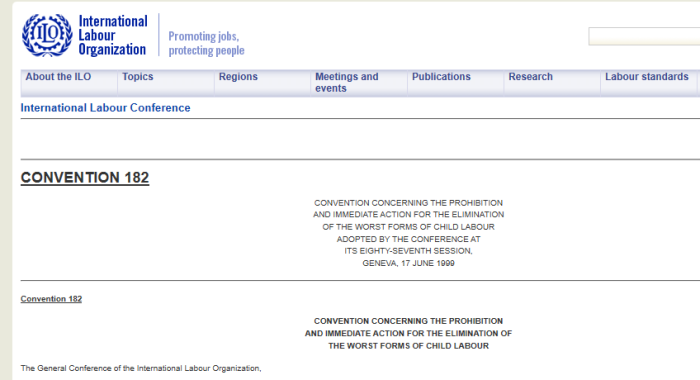
This international agreement is the “CONVENTION CONCERNING THE PROHIBITION AND IMMEDIATE ACTION FOR THE ELIMINATION OF THE WORST FORMS OF CHILD LABOUR ADOPTED BY THE CONFERENCE AT ITS EIGHTY-SEVENTH SESSION, GENEVA, 17 JUNE 1999”.
Article 2
For the purposes of this Convention, the term “child” shall apply to all persons under the age of 18.
Article 3
For the purposes of this Convention, the term “the worst forms of child labour” comprises:
(a) all forms of slavery or practices similar to slavery, such as the sale and trafficking of children, debt bondage and serfdom and forced or compulsory labour, including forced or compulsory recruitment of children for use in armed conflict;
(b) the use, procuring or offering of a child for prostitution, for the production of pornography or for pornographic performances;
(c) the use, procuring or offering of a child for illicit activities, in particular for the production and trafficking of drugs as defined in the relevant international treaties;
(d) work which, by its nature or the circumstances in which it is carried out, is likely to harm the health, safety or morals of children.
Article 4
1. The types of work referred to under Article 3(d) shall be determined by national laws or regulations or by the competent authority, after consultation with the organizations of employers and workers concerned, taking into consideration relevant international standards, in particular Paragraphs 3 and 4 of the Worst Forms of Child Labour Recommendation, 1999.
2. The competent authority, after consultation with the organizations of employers and workers concerned, shall identify where the types of work so determined exist.
3. The list of the types of work determined under paragraph 1 of this Article shall be periodically examined and revised as necessary, in consultation with the organizations of employers and workers concerned.
Article 5
Each Member shall, after consultation with employers’ and workers’ organizations, establish or designate appropriate mechanisms to monitor the implementation of the provisions giving effect to this Convention.
Article 6
1. Each Member shall design and implement programmes of action to eliminate as a priority the worst forms of child labour.
2. Such programmes of action shall be designed and implemented in consultation with relevant government institutions and employers’ and workers’ organizations, taking into consideration the views of other concerned groups as appropriate.
All of these articles are completely reasonable, and admirable goals. However, to repeat from earlier, how do we enforce these things we have committed ourselves to doing if we aren’t willing to properly enforce a border? How can we make sure the children (and adults too) are being let in under the pretenses we are told?
Without taking the time to check thoroughly, how can the RCMP, (and Border Services) ensure that they are not unwitting accomplices to human trafficking or human smuggling?
8. What If People Aren’t Who They Claim?
Canada of course has other international obligations. These listed are just 3 of them related to prevent of people being exploited.
- “Protocol to Prevent. Suppress and Punish Trafficking in Persons. Especially Women and Children. supplementing the United Nations Convention against Transnational Organized Crime”, in 2000
- “Optional Protocol to the Convention on the Rights of the Child on the sale of children, child prostitution and child pornography”
- “ILO Convention 182 concerning the Prohibition and Immediate Action for the Elimination of the Worst forms of Child Labor”
Let’s take a look at what is happening across the U.S./Mexico border: people are abducting children in order to pass as a “family unit” when illegally crossing into the U.S.
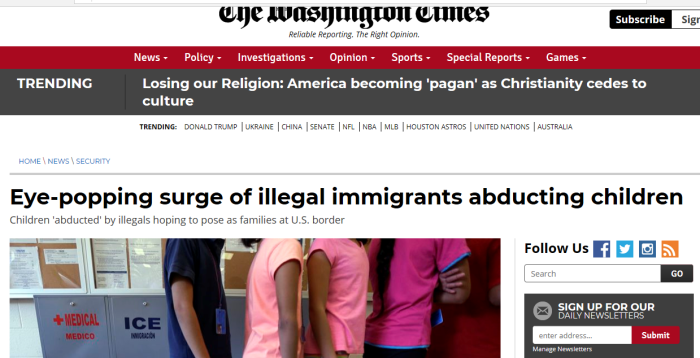
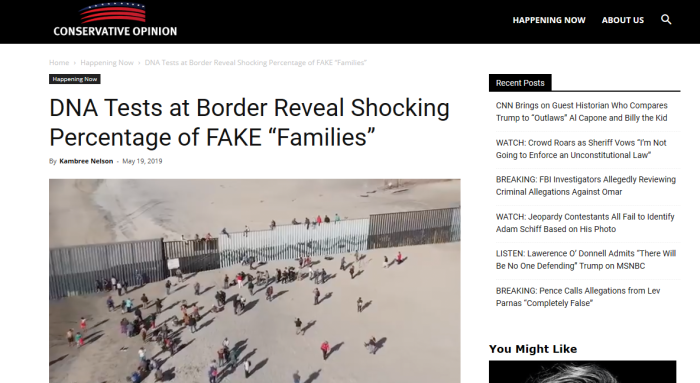
The government warned federal judges in 2016 that their attempts to create a catch-and-release policy for illegal immigrant families would lead to children being “abducted” by migrants hoping to pose as families to take advantage.
The court brushed aside those worries and imposed catch-and-release anyway.
Two years later, children are indeed being kidnapped or borrowed by illegal immigrants trying to pose as families, according to Homeland Security numbers, which show the U.S. is on pace for more than 400 such attempts this year. That would be a staggering 900 percent increase over 2017’s total.
This Washington Times article details how adults wanting to illegally cross into the U.S. are actually abducting children to appear as a “family unit”. That’s right, children are being kidnapped to make it easier for others to stay in the United States illegally. An article in May 2019 suggested that 1/3 of “families” crossing were not blood related at all.
Sure, the adults use children to cross the border. What happens to them afterwards?
Is permitting illegal crossings a violation of international agreements? In context, many people who say yes they are.
9. How Diligent Is IRB/CBSA?

This evidence transcript is from a Parliamentary meeting on the illegal crossings going on. Let’s look at a few sections of the testimony.
Spoiler, it’s not very encouraging. 16 month wait times, and it’s based largely on the honour system. Of course, we take people at their word that they, and “their” children, are who they claim to be.
*****************************************************************
The response team has both operational and adjudicative thrusts. I’d like to underline that this response has not diminished in any way IRB’s ongoing commitment to one of the key objectives of the Immigration and Refugee Protection Act, which is the security of Canadian society. For example, the IRB has a publicly accessible policy that requires that the RPD not accept a refugee claim until CBSA has had a reasonable opportunity to complete its security screening. This policy remains in place for all claims, including those heard through the response team. There are other processes related to security matters that I would be happy to discuss during the question period, if they are of interest.
Since July 1, more than 8,000 claims were referred to the RPD. Before this, we were projecting an intake of 40,000 cases for this fiscal year. The strain on the organization to handle this many people’s hearings is enormous, as our capacity to hear cases this fiscal year, following a plan of action for efficiency and internal reallocation of funds, is roughly 2,000 per month, or 24,000 per year.
Naturally, claimants whose hearings are not brought before a decision-maker of the response team in the next two months will wait to be scheduled like other claimants. Wait times before the Lacolle arrivals were already at approximately 16 months per person. Intake in the eastern region, in the month of September alone, was equal to the eastern region’s intake for all of 2016.
*****************************************************************
Mr. Larry Maguire:
What kind of lag time would we see in that?Ms. Shereen Benzvy Miller:
We have a 16-month wait time for our regular stream. But are you asking me about when the basis of claim form will be expected?
That practice notice is just a temporary practice notice. We’re going to wait to see probably until the end of November before we reconsider whether or not we suspend that practice notice in which case it would go back to 15 days.Mr. Larry Maguire:
How do you keep track of those people in the meantime? Where are they?Ms. Shereen Benzvy Miller:
If you go to our website, it says that you need to submit all the information around tombstone data, like address, and you have to keep us apprised of your changes of address and contact information. If you have counsel or if you have a consultant who is working with you, we need their contact information as well.
We are in contact with them about the scheduling and their claim processing.Mr. Larry Maguire:
Are either of you aware of any process that CBSA or others would use to make sure they know where all the illegal immigrants that come across are in Canada at all times?Ms. Shereen Benzvy Miller:
Do you mean by that, people who have crossed the border irregularly?Mr. Larry Maguire:
Yes.Ms. Shereen Benzvy Miller:
You have to ask CBSA but we all keep track of the claimants relative to the information they’ve given us. They are responsible for keeping all of us up to date on their changes of address and where they are in the country, which is how my colleague was able to describe where the secondary migration to other cities has happened.Mr. Larry Maguire:
When you say “they”, is that information that immigration or CBSA has given you, or is it the individuals themselves?Ms. Shereen Benzvy Miller:
The claimants are responsible for maintaining their files up to date. Like any court procedure, you would always be responsible to that tribunal for your information. These are very official processes with the claimants.Mr. Larry Maguire:
You were saying there were 8,000 crossings since September 1, or was it July 1?Ms. Shereen Benzvy Miller:
That’s the number that had been referred to us since July 1, and we don’t keep the statistics about the number of people crossing. We only become seized with the matter when the referral has been by CBSA or IRCC. Our data are always about our caseload, not about the number of people who have interfaced with IRCC or CBSA.*****************************************************************
Our political leaders at work….

